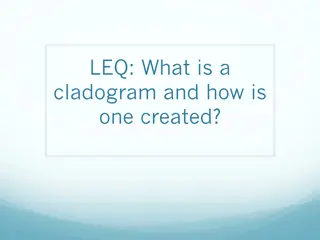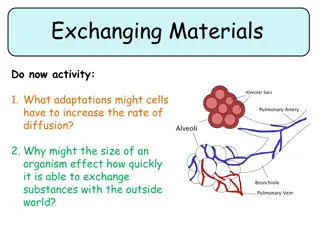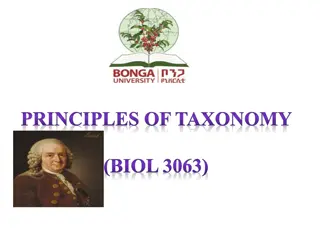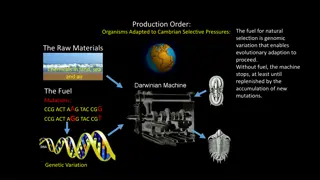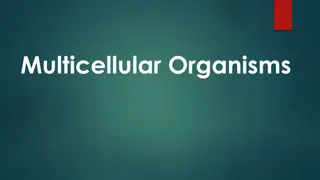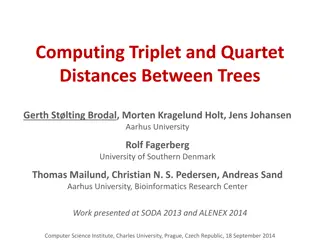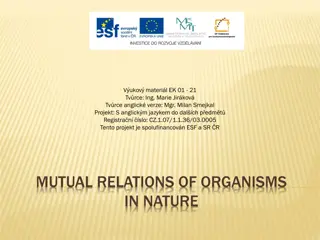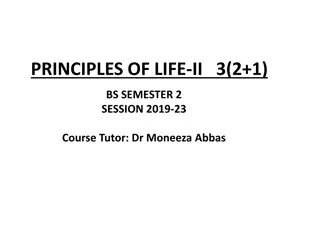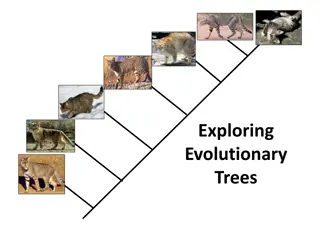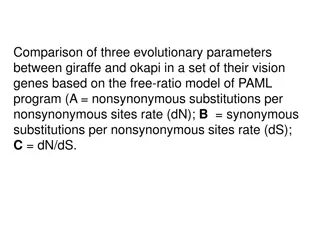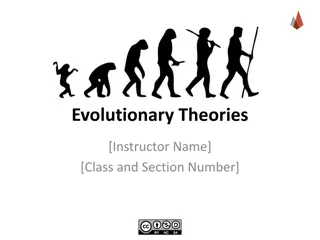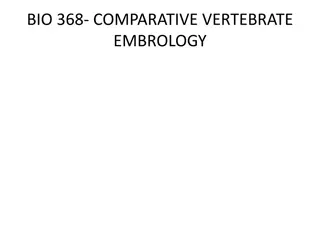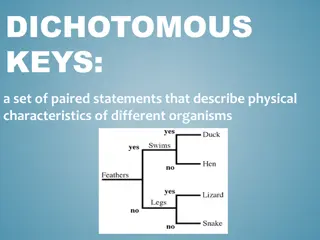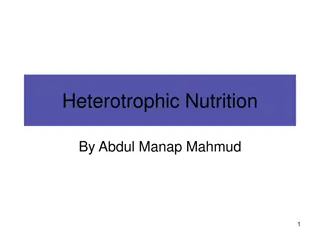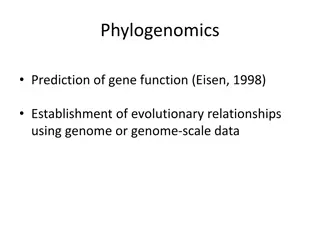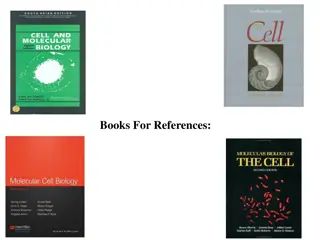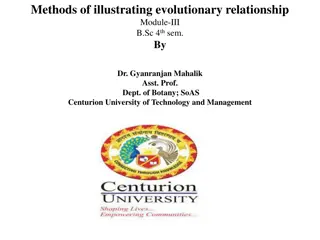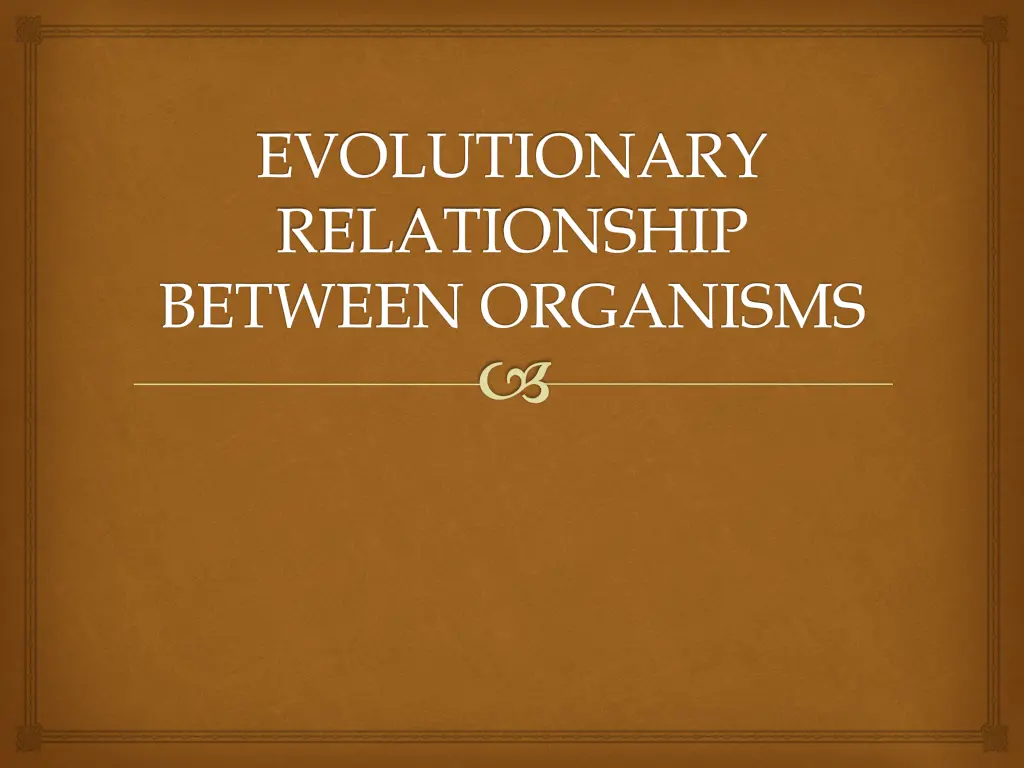
Understanding Evolutionary Relationships Between Organisms
Explore how scientists determine evolutionary relationships between organisms through physiological traits, genetic information, and the ability to produce fertile offspring. Learn about the significance of studying body functions, DNA sequences, and reproductive capabilities in identifying species and tracing their evolutionary history.
Download Presentation

Please find below an Image/Link to download the presentation.
The content on the website is provided AS IS for your information and personal use only. It may not be sold, licensed, or shared on other websites without obtaining consent from the author. If you encounter any issues during the download, it is possible that the publisher has removed the file from their server.
You are allowed to download the files provided on this website for personal or commercial use, subject to the condition that they are used lawfully. All files are the property of their respective owners.
The content on the website is provided AS IS for your information and personal use only. It may not be sold, licensed, or shared on other websites without obtaining consent from the author.
E N D
Presentation Transcript
EVOLUTIONARY RELATIONSHIP BETWEEN ORGANISMS
What do scientists use to determine evolutionary relationship between organisms? 1. Physiological Traits This is the study how body parts or systems function How does this show the relationships? Scientists can look at functions of specific things in the bodies of different organisms to see if there are any similarities. Ex. enzymes, hemoglobin (protein in red blood cells), and other proteins. (Proteins are genetically determined. Thus a close match in the amino acid sequence of two proteins from different species indicates that the genes in those proteins evolved from a common gene present in a shared ancestor.)
2. Genetic Information The heritable biological information coded in the nucleotide sequences of DNA or RNA, such as in the chromosomes. How does this show the relationships? Scientists can use DNA sequencing to determine if organisms or species are similar genetically. Ex. comparing human DNA to chimpanzee DNA (Match two single stranded DNA from different species and see how tightly the DNA from one species can bind to DNA from another species. The tighter the bond the greater the similarity and the more closely related the species)
3. Ability to produce fertile offspring. Species are able to reproduce, and those offspring are also able to reproduce (are fertile) when they are old enough or able to. How does this show the relationships? A species is a potentially interbreeding population having a common gene pool. If the offspring produced are not fertile, they technically are not defined as the same species. Ex. Donkeys and horses are different species. They produce mules when they breed, but because their chromosomes don't match completely, mules are infertile.
REVIEW What is a species? A group of living organisms consisting of similar individuals capable of exchanging genes or interbreeding
Give a specific example of a species. Homo sapiens Panthera tigris Panthera leo
How can a new species develop? They adapt to environments and create new traits. These traits are so new that the species cannot interbreed. The geography of the land separates two groups of the same species forming 2 new species. Preferences of mates may cause one type of species to die out since they are not the preferred type.
List the 6 kingdoms. Archaebacteria Eubacteria Protists Fungi Plants Animals
Examples of an organism in each kingdom and a characteristic of each kingdom are also required for a 4 on the assessment. Be sure to study those! Crash Course Evolution

